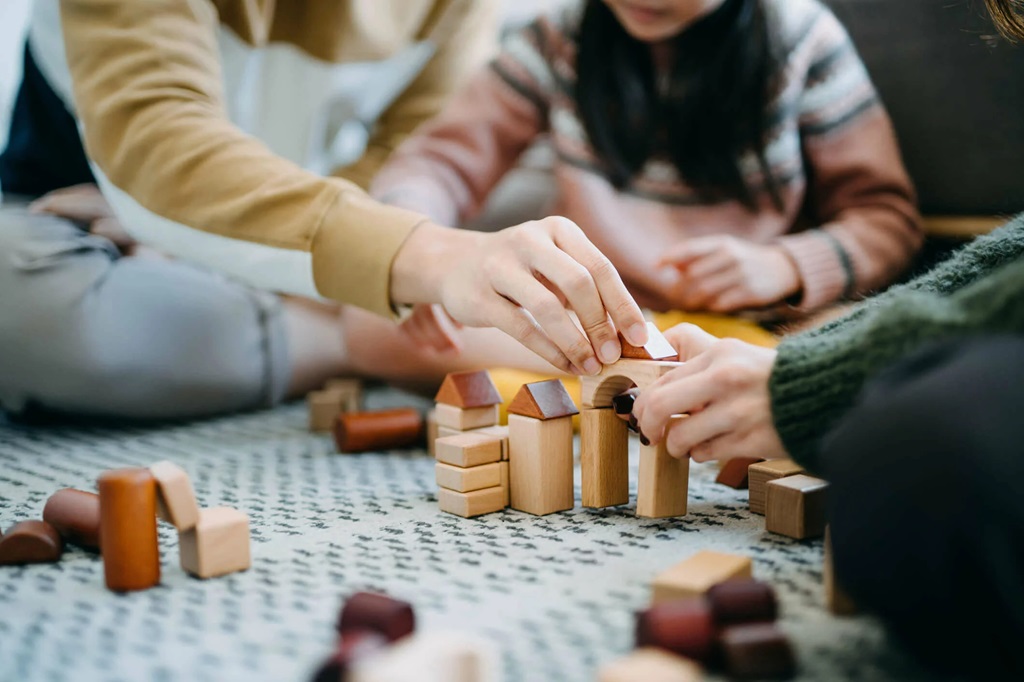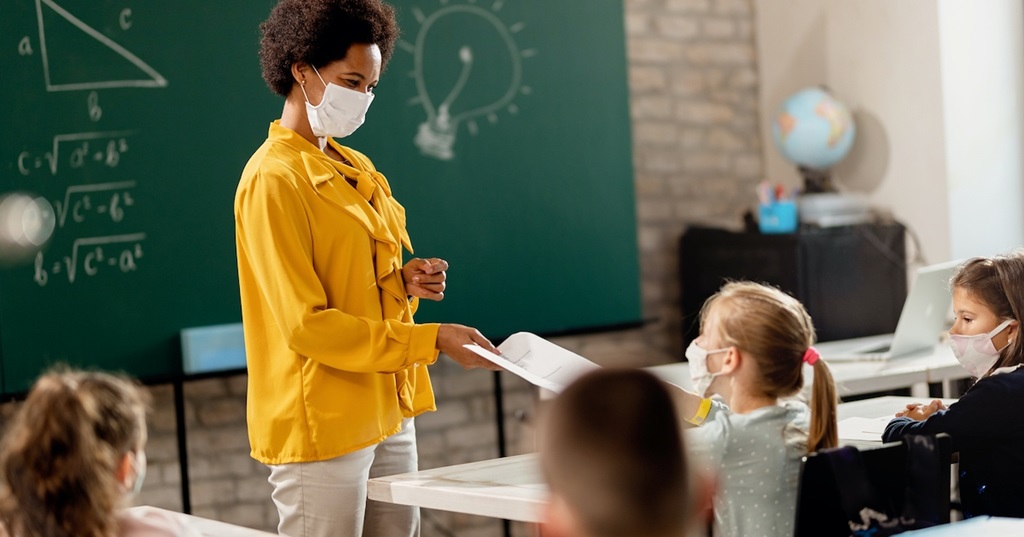
What Are the Constructivist Learning Theory Examples?
Think about the last time you learned a new skill. Maybe you finally figured out that perfect pancake recipe or managed to ace a tricky yoga pose. Did someone tell you how to do it, or did you have to experiment, figure things out, and maybe even make a few mistakes along the way?
That’s constructivist learning in a nutshell! It’s the idea that we learn best by actively building our knowledge rather than passively absorbing information. We take what we already know, throw in new experiences, and “construct” a whole new understanding of the world. It’s a bit like putting together constructivist learning theory examples piece by piece.
Why Does Constructivist Learning Matter?
Let’s face it, traditional classrooms can be a bit, well, boring. Students memorize facts for tests only to forget them later. With constructivist learning, things get a whole lot more interesting!
Here’s why this approach rocks:
- Deeper Understanding: Building knowledge from the ground up makes it stick. It’s like the difference between memorizing a cake recipe and actually understanding how ingredients work together.
- Engagement & Motivation: Constructivist learning is all about hands-on exploration. That keeps students curious and makes learning fun.
- Problem-Solving Skills: Instead of being handed solutions, students figure things out themselves, becoming adaptable problem-solvers.
- Personalized Experience: Everyone learns differently. Constructivism lets students make connections in their own ways, at their own pace.
Constructivist Learning in the Classroom: What Does It Look Like?

Okay, so how do teachers take constructivism from theory to the classroom?
Here are some practical examples:
1. Exploration and Inquiry-Based Learning
Instead of lengthy lectures, students get to be mini-scientists! They:
- Ask Questions: “How does gravity work?” “Why do leaves change color?” Students start with big questions that spark their curiosity.
- Research and Experiment: They search for answers through books, websites, hands-on projects, and observations. It gets messy and awesome!
- Present Findings: Students share what they learned through presentations, reports, or creative projects.
Example: During a unit on weather, students might design experiments to understand why it rains or build a model to track air pressure changes.
2. Problem-Based Learning (PBL)
In PBL, students tackle real-world problems that don’t have easy textbook answers. It’s like being thrown into a real-life challenge with your buddies to figure it out.
For instance:
- Designing a solution: “How can we reduce food waste in our community?” Students need to research, brainstorm, and prototype solutions.
- Collaboration is KEY: It’s all about teamwork! Students pool their knowledge and skills to come up with the best possible solution.
Example: A group of students could develop a composting system for their school cafeteria or campaign to educate their peers about food waste reduction.
3. Hands-On Projects
This is where learning gets tangible! Projects let students apply their knowledge and be creative.
They could:
- Build Models: A miniature ecosystem to learn about food chains or a cardboard structure to master architectural concepts.
- Create Presentations: Design digital slideshows, videos, or posters to present their discoveries.
- Engage in Role-playing: Act out historical events or simulate social situations to gain perspective.
Example: Students studying ancient civilizations might build pyramids, while those learning government could run a mock election.
4. Flipped Classrooms
This one puts a cool twist on homework! Students get basic exposure to a topic (think readings or short videos) BEFORE class.
- Discussions: Sharing different perspectives and challenging each other’s thinking
- Activities & Problem-solving: Working together to make deeper connections and apply their newfound knowledge.
Example: Students prepare for a discussion on climate change by researching before class, ready to dive deep into solutions as a team.
5. Cooperative Learning
Learning together is better! In cooperative learning, students are assigned to small groups.
These groups are like little brainstorming hubs where everyone has a role and a reason to shine:
- Jigsaw: Everyone learns a chunk of information and then teaches it to the rest of their group. It’s like putting together a puzzle as a team!
- Think-Pair-Share: Think, discuss with a partner, and then share conclusions with the entire class. Perfect for brainstorming diverse ideas.
- Peer Mentoring: More confident students help fellow learners. Teaching others reinforces their understanding, too.
Example: Groups could debate solutions to environmental issues. With various roles like spokesperson, researcher, and note-taker, everyone takes ownership of the task.
6. Reflective Learning
This type is all about pausing to think about how we learn. After all, that’s a super important skill, too!
Here’s how to get students reflecting:
- Journals: Writing down thoughts, connections, questions, and those “aha” moments.
- Discussions: Talking about mistakes as learning opportunities and celebrating successes.
- Portfolios: Creating a collection of work to track progress and self-evaluate growth.
Example: After a PBL project, students reflect on the challenges they faced, what strategies worked, and what they’d do differently next time.
It’s Not Just About The Activities

Creating a constructivist classroom involves a little mindset shift for both teachers and students.
Here’s what makes a difference:
- The Teacher as a Guide: Teachers become facilitators instead of knowledge-dispensers. They coach learners, ask questions, and provide resources.
- Embrace the Process: Not every answer will be right away. Students need space to try things out, fail, and adjust their thinking along the way.
- Value Student Voice: Students drive discussions, and their contributions help shape the direction of learning.
Conclusion
Constructivist learning theory examples foster deep learning, innovation, and a lifelong love of knowledge. Students feel empowered and become architects of their education. It’s not always easy, but with the willingness to experiment and let students take the lead, you’ll build a vibrant classroom where everyone truly discovers how much they can learn and grow.
FAQs
Does constructivism mean no structure?
Definitely not! Teachers ensure students have a framework, support, and clear goals. However, there’s freedom within that structure for exploration.
Is it only for young learners?
Nope! Constructivism benefits people of all ages. Even college students can actively engage in research and discussions tailored to their learning styles.
How do I evaluate constructivist learning?
It’s less about memorizing facts and more about observing students’ abilities to problem-solve, think critically, and apply their knowledge in new ways. Projects, portfolios, and presentations are fantastic assessment tools.
How do I handle different learning styles?
That’s the beauty of constructivism! Varied activities cater to different strengths. Some students love building, others research, and others are brilliant explainers.
Can constructivism be used in any subject?
Absolutely! From science experiments to history debates and writing creative stories, it works across the curriculum.





